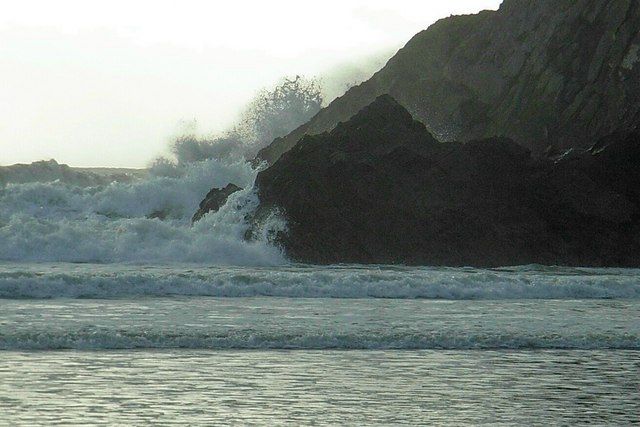Scottish renewables under threat from high connection charges
The industry body, Scottish Renewables is reporting that the fees and charges applied to energy projects on the north coast are £56 million annually and are threatening Scotland’s emergence as the leading researcher in tidal and wave energy.

The industry body, Scottish Renewables is reporting that the fees and charges applied to energy projects on the north coast are £56 million annually and are threatening Scotland’s emergence as the leading researcher in tidal and wave energy. The charges for connecting to the national grid are large in the north of Scotland, as the current system rewards companies for producing their energy close to where the energy is used, near cities.
There are 1600MW of proposed wave and tidal power projects in the north of Scotland, situated in the Pentland Firth and Orkney waters which all face the charge. If situated elsewhere, the projects could get a subsidy.
Niall Stuart, the head of Scottish Renewables says: “Scotland has long been recognised internationally as the leader in pioneering wave and tidal research and development and is home to 25% of Europe's tidal resource and 10% of its wave resource. However, these charges could actually result in development going elsewhere, despite Scotland's fantastic wave and tidal resource.”
Ofgem has stated that it is reviewing the charge as part of the Transmission Network Use of System (TNUoS), through Project TransmiT. The result of this could determine how green energy continues in Scotland




